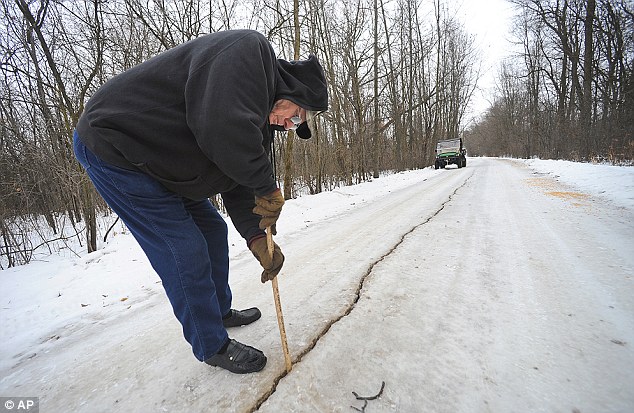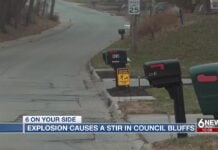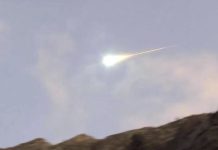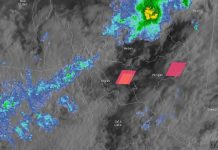Within the last few weeks, different loud booms were heard and rattled parts of Canada and of the USA. Scientists believe they are caused by a natural phenomenon called ‘frost quake’. But what is actually an ice quake and when does it occur?

Yesterday, Tuesday 13 2014, mysterious booms and shaking were reported again by residents from Waupun, Campbellsport and elsewhere in the Fond du Lac County. Geologists say the booms were likely a strange natural phenomenon known as an ice quake.
When do ice quakes occur?
Frost quakes, or cryoseisms, occur when there is a rapid drop in temperature. Water that is in the ground freezes. Because it has nowhere else to go, it cracks the soil or rock causing a loud noise and the shaking of the ground.
These types of cryoseisms are rare and poorly understood. There are two types of cryoseisms: a frost quake and an ice quake. An ice quake occurs over bodies of water such as lakes and rivers as presented in the next video.
Most frost quakes occur after a heavy rainfall or snow fall when there is a large amount of moisture on the ground. As shown in the above picture, frost quakes can even open large cracks in frozen roads.












[…] And of course pass it around just in case you know other people who also experienced or have been experiencing this strange but natural weather phenomenon! […]
[…] already reported in this blog, cold weather isn’t bad for really weird stuff! It causes frost quakes and their respective mystery booms as well as amazing […]
[…] Some believe they are linked to the cold weather, to ice quakes! […]
[…] Is it now time for frost quakes? […]
[…] Look at this piece of ice, it looks as if it has been carved by hand, rather than formed by the wind. Learn what is an icequake. […]